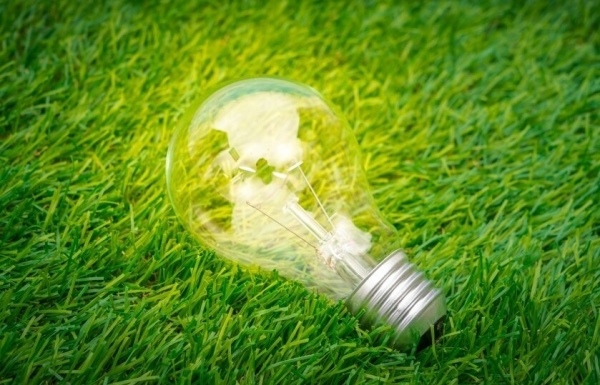Vietnam aspires to greener and smarter energy future
Vietnam aspires to greener and smarter energy future
In a significant stride towards sustainable energy transformation, Vietnam has approved revisions to the Power Development Plan VIII (PDP8), outlining the country’s electricity roadmap with a forward-looking vision to 2050.
The revised plan, issued on April 15, is aligned with Vietnam’s commitments under the electricity and planning laws, as well as international climate goals. It reflects the country’s growing ambition to transition towards clean energy while ensuring energy security and supporting rapid economic growth.

Vaibhav Saxena, foreign counsel, Vilaf |
Vietnam’s energy strategy focuses on optimising the entire power system – from generation and transmission to distribution, efficiency, and pricing – through coordinated sectoral planning and strategic imports to support socioeconomic development. The country aims for a self-reliant yet internationally integrated energy transition, promoting local industrial growth, digitalisation, and the adoption of new and green technologies, including the conversion of polluting power sources to cleaner fuels.
Renewable energy will play a central role, with emphasis on wind (onshore and offshore), solar (particularly concentrated solar paired with battery storage), hydropower, and renewables-based production of hydrogen and ammonia, all with no export caps. Vietnam also seeks to leverage international commitments such as Just Energy Transition Partnership and Asia Zero Emission Community, along with climate finance, to boost public-private and independent power projects, while strengthening the role of state-owned enterprises.
Existing coal plants will proceed with plans for fuel conversion over a 20-year timeline, and those over 40 years old may be decommissioned if conversion is unviable. Nuclear power development will be prioritised, and regional energy cooperation will be expanded, particularly through electricity imports from ASEAN and the Greater Mekong Subregion.
Under the revised plan, Vietnam anticipates an average annual GDP growth of 10 per cent, driving corresponding electricity demand. Key targets for the 2030–2035 period include commercial power consumption of around 500-557.8 billion kWh; electricity generation and import of 560.4-624.6 billion kWh; maximum capacity of 89,655-99,934MW; and exports of up to 10,000MW to countries including Singapore and Malaysia, among other targets.
The country aims to be among the top three ASEAN nations in electricity access and among the top four in supply reliability. Also, plans for two inter-regional renewable energy industrial and service centres.
|
By 2030, Vietnam’s total installed generation capacity, excluding exports, is projected to be in the range of 183,291-236,363MW, dominated by renewable sources: onshore and offshore wind, on-grid solar, biomass, waste to energy, geothermal, hydro, nuclear, and others (see box).
Planned conversion of coal plants to cleaner fuels such as ammonia and biomass will span two decades, and projects failing to meet implementation benchmarks may be reallocated to renewable energy alternatives. The anticipated investment for power generation and transmission from 2026 to 2030 stands at $136.3 billion, with $118.2 billion allocated for generation and $18.1 billion for grid infrastructure.
The country is also set to massively expand its transmission system by adding nearly 13,000km of 500kV grid while upgrading 1,400km and adding 15,300km of 220kV, while renovating nearly 5,500km of transmission lines. Such systems shall be coupled with new transformer stations and upgrades. By 2035, the nation targets the export of 5,000-10,000MW to regional partners.
To ensure the successful implementation of its revised plan, Vietnam focuses on strengthening policy and regulatory frameworks, advancing scientific innovation and research in clean energy, and investing in workforce development and training. Additionally, the country plans to allocate over 93,000 hectares of land for energy development projects by 2030, supporting the scale and infrastructure needed for a sustainable energy transition.
- 11:00 10/05/2025




























